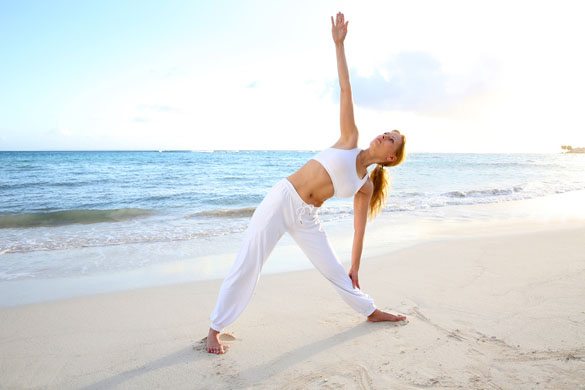
I admittedly have not emphasized the importance of stretching enough when writing about fitness over the years. And, because I have always been very flexible (thanks to my dance/ gymnastics and cheerleading days) I didn’t always spend a whole lot of time incorporating a stretching program into my own workouts either.
Over a decade ago when I was studying for my American College of Sports Medicine certification I learned flexibility was one of the five components of physical fitness (the other four being cardiovascular fitness, muscular strength, muscular endurance and a healthy body mass) but again, because I had always been very flexible I put stretching for flexibility way down on my exercise “to do” list. It wasn’t until I had two major hip surgeries and went through over 6 months of rehab that I really began to appreciate firsthand how important a regular stretching routine could be.
The Importance of Stretching Increases If You Strength Train
If you have read any of my books or you happen to be a regular reader of Clean Cuisine and More you’ll notice strength training is something I emphasize a lot in my workouts. However, for all the benefits a strength training program provides (fat loss, increased bone density, improved glucose tolerance, improved insulin sensitivity, etc.) a negative consequence to strength training programs is that they can create short, tight muscles that can draw bones closer together which can eventually result in pain, muscle tension and even misalignment. Balancing your strength training workouts with a regular stretching routine can help offset these potential issues.
The Importance of Stretching for Alignment, Good Posture and a Supple Body
A stretching program can help bring alignment to the joints of your shoulders, hips, knees and ankles. Keep in mind, when your body is properly aligned inflammation of the joints is reduced and mobility is increased. If you have super tight muscles that are holding your body in a restricted position then your joints are going to become less mobile and lose their natural lubrication (synovial fluid), which results in pain and stiffness. A consistent stretching program can do absolute wonders for improving range of motion and relieving stiffness, thus improving how you feel and even how you look. Regular stretching can prevent and reduce muscle imbalances, prevent injuries, improve structural problems and help you achieve beautiful posture and a supple, healthy-looking and properly aligned body.
S-T-R-E-T-C-H it out AFTER you exercise…
For the record, I don’t recommend you stretch before a workout. The best and safest way to prepare for a workout is to warm up your muscles with dynamic movements that get your heart pumping and blood flowing. Save the stretching for AFTER your workout. Stretching after a workout it will assist your body in releasing lactic acid from the muscle cells faster and more efficiently so free radicals and other toxins can quickly be escorted from your body. You can almost think of stretching as a form of post-exercise detox because it helps your body get rid of waste products faster. And of course stretching improves circulation and increases blood flow to your muscles which speeds muscle recovery after exercise. You are much less likely to experience soreness if you stretch your muscles after a workout.
Stretching for Pain Relief Takes Time
As mentioned above, simply stretching for pain relief can be enough of a reason to stretch. Over the years I have tried a number of alternative therapies for relieving my hip pain (and referred back pain) and for me, stretching was super helpful. One of the reasons stretching can help with pain is that it improves blood flow to the muscles and helps relieve the muscular tension that causes pain. And anybody who has experienced chronic pain knows that pain and muscular tension go hand in hand; it is absolutely essential to relieve muscular tension if you have chronic pain. But relieving muscular tension isn’t something that can be accomplished in 5 seconds.
You can’t just do a runners stretch for 10 seconds and then a few 15 second calf-stretches and expect pain-relief results from your stretch routine. To get results stretching for pain relief—or just results from a stretching routine in general– you really need to hold the stretch for a good amount of time, generally at least 45 seconds to 1 minute and, depending on the issue, sometimes even longer.
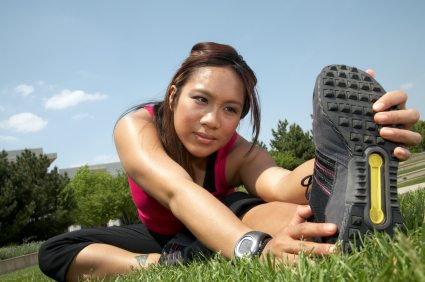
Take Time To Stretch
I think a big mistake people make with stretching and one of the reasons they don’t get whatever results they are going for is because they rush through their stretches and don’t devote the time it takes to really lengthen the muscles.
In order to get results with stretching you really need to hold each stretch for a good 45 seconds to 1 minute, sometimes even more. It takes time to elongate a muscle safely so you absolutely can’t race through your stretches.
Also, you should never ever stretch to the point of pain; you should feel tension while stretching but never pain. The key to lengthening muscle groups is to keep the tension continuous, all the while slowly going deeper into the stretch, which can be accomplished by making subtle positional changes while holding the stretch. Just remember to never ever “bounce”; keep your stretching static and breathe deeply to relax your body and ease tension while you are stretching.
Too Flexible?
Most people don’t have a problem with being hypermobile or overly flexible so I’m not going to linger on this issue too long. But for some people, such as dancers and gymnasts, I believe being hyper flexible can in fact be a problem.
You absolutely do NOT need to be as flexible as a dancer or gymnast for the purpose of being in shape or being functionally fit. And certainly hyper-flexible dancers and gymnasts are not exactly known for being “pain free” later in life either. In fact, former dancers and gymnasts are well known in athletic circles for having chronic pain when they get older.
The point is the goal with a stretching routine should not be to try and be as flexible as a ballet dancer. You don’t need to turn yourself into Gumby in order to be functionally fit. If you are already super flexible and you have pain you might want to consider consulting with a knowledgeable trainer and working on core stability and strength to help counteract or “balance” your hypermobility. Keep in mind, if you are ultra-flexible your muscles are likely working overtime to stabilize your joints.
Learn to Listen To Your Body
I can’t emphasize the importance of listening to your body enough. If you have chronic pain you have to experiment with what works for you and you have to continue to try different approaches and seek help from different health care professionals—massage therapists, personal trainers, physical therapists, acupuncturists, chiropractors, etc. can all be helpful IF you find a good one.
Most important, learn to tune into your body and pay attention to what works for you. And keep in mind, when it comes to all forms of exercise, including stretching, it should never ever be painful. Exercise and stretching should feel good.
See Our [intlink id=”8253″ type=”post”]FREE Stretching Video Workout[/intlink]!
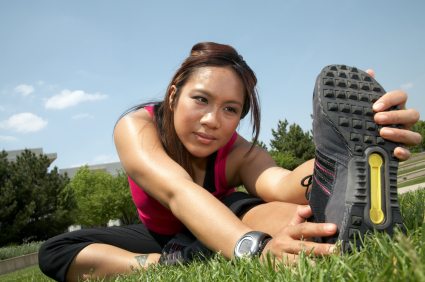

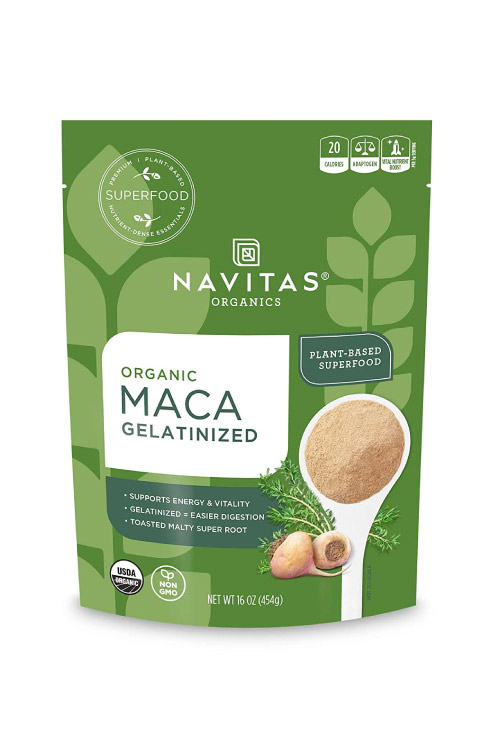
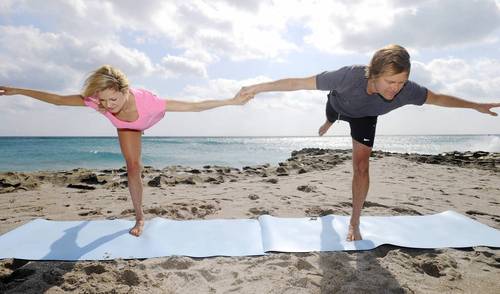
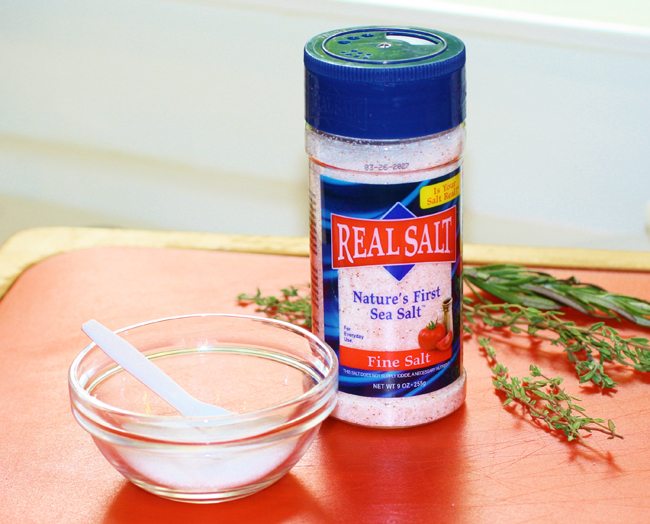


Johnathan
Monday 31st of October 2011
Congratulations guys you have out done yourselves this time, this is absolutely great advice. I went for my walk this morning and realized that I usually don't stretch afterward because it was only a walk, no big deal right. But today I paid special attention to my muscles after the walk and then I did a few stretches and oh my goodness the difference it made was out of this world. I never knew stretching could feel so good, guess what is now a major part of my work outs and yes even walks. Thanks again guys you are the best.